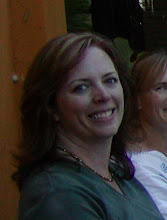The following post is taken whole from meteorblog.com
Meteor Shower Strings in the Night Sky
In the beginning of every year there is little meteor shower activity before April, except for the Quadrantids in January. In April, three meteor showers start and the Lyrids Meteor Shower peaks. The Pi-Puppids will not be as active as the Lyrids and the eta-Aquariids will not peak until May.I hope you’re as excited as I am, because April means better weather for people in the northern hemisphere and more meteor shower viewing chances. The Lyrids meteor shower is the oldest acknowledged meteor shower, referenced during the Chou dynasty period in 687 B.C. by a Chinese observer, he writes, “at night, fixed stars are invisible, at midnight, stars dropped down like rain…” The shower gets its name from the radiant near the constellation Lyra, an ancient stringed instrument similar to a harp.
So what causes the meteor shower? In 1861, amateur astronomer and professor A.E. Thatcher discovered the comet and source of the Lyrids, Comet Thatcher. None of us reading this in 2010 will be around when the Thatcher Comet returns because it orbits our Sun once every 415 years and will be first visible with the naked eye from Earth in the year 2276. This doesn’t stop the dust particles and meteoroids that remain in the orbital path of this comet from producing this annual meteor shower every April.
Want to see some Lyrid Meteors? They start trickling into the sky on April 16th and will be most active in the morning hours of April 22nd and will end their run on April 25th. I will be posting some more meteor shower facts, in the meantime please join the mailing list, bookmark the site and keep your head up. Meteor Showers are coming!
- Meteor Mark








No comments:
Post a Comment